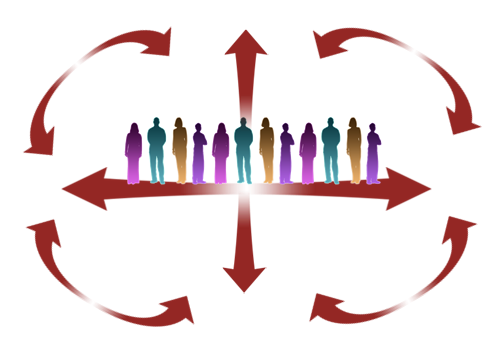Training, Before, During & After.

Running A Successful Training Programme.
Work done up front will ensure impact for people attending your training programme, that we design with you. Interacting with the organisation and the key stakeholders to fully analyse needs, from the business, for your learning groups and individually. This is so we identify skills gaps, look at role competency matrices to guide the design & the pre-work, along with the final development topics and content chosen.
The goal is to realise the objectives and learning outcomes outlined for your programme. Acknowledging learning styles, identifying the gaps against the organisation behaviours, to identify the final content – what change is most needed.
Creating linkages between the content and people’s roles is important. We review any organisation competency frameworks that people are measured against. A review of job specifications is useful. How the training bridges with performance management, business needs and function, management and senior leaders learning supports, resources. ALso, how theory will apply to the business problems to be considered before. What external forces have prevented change?
Other things to consider such as focus group, assessment, psychometric assessment use, exercises, role play, activity and action based learning and icebreakers etc. Potential use of surveys or measurement within the individual or a team. Any reflection on a behavioural simulation from external companies.
With design, comes the need for the learning resources, with choices among materials to use in the programme and if we have what we need or do we need to resource externally. We have a lot of resources available for course materials. We will work within the organisation design framework to create storyboards for the design of your organisations courses.
During The Course.
The style of facilitation, experiential content, presentation, course exercises, group work and models/theories to practice and application may need to be finalised. This is dependent on the organisation, with a focus on encouraging behavioural adaptation, building skills, knowledge and positive attitudes with your workforce. Learning objectives, learning outcomes, materials, impact on performance, knowledge and skill building, opportunities to practice and action journaling are just some of the areas to be addressed for effective programme rollout. Using appropriate debrief on material covered, feedback and recaps.
Our training style balances the appropriate mix of engagement and contribution on the programme, based on the goals of the learning activity and content. THE most important person in the room is the participant. We are very aware of learning style theory, how to engage people in adult learning and content will be created with this in mind.
Post Course Application
How will the environment or manager support participants to become proficient in the new behaviours? What systems support the behaviours? How are the behaviours rewarded? How is the development linked to a person’s goals within the organisation?
Implementing post course learning transfer and supports, manager support, setting up virtual or f2f learning groups, best practice sharing within a social media arena to create a learning community, video/webinar supports and ensuring impact is delivered for individuals, their team and the organisation.
Implement a GROW coaching support to embed. Schedule of mandatory 60 min webinar post course to share learning applied. This also requires e-Learning and some social media or smartphone app aspects. Continuous evaluation to ensure ROI is important also.
 Taking a professional approach to course design will pay off with positive behavioural change.
Taking a professional approach to course design will pay off with positive behavioural change.
Call Us:01-2402255
Or
COMPLETE THE FORM BELOW
[contact-form-7 id=”3776″ title=”Training Design”]